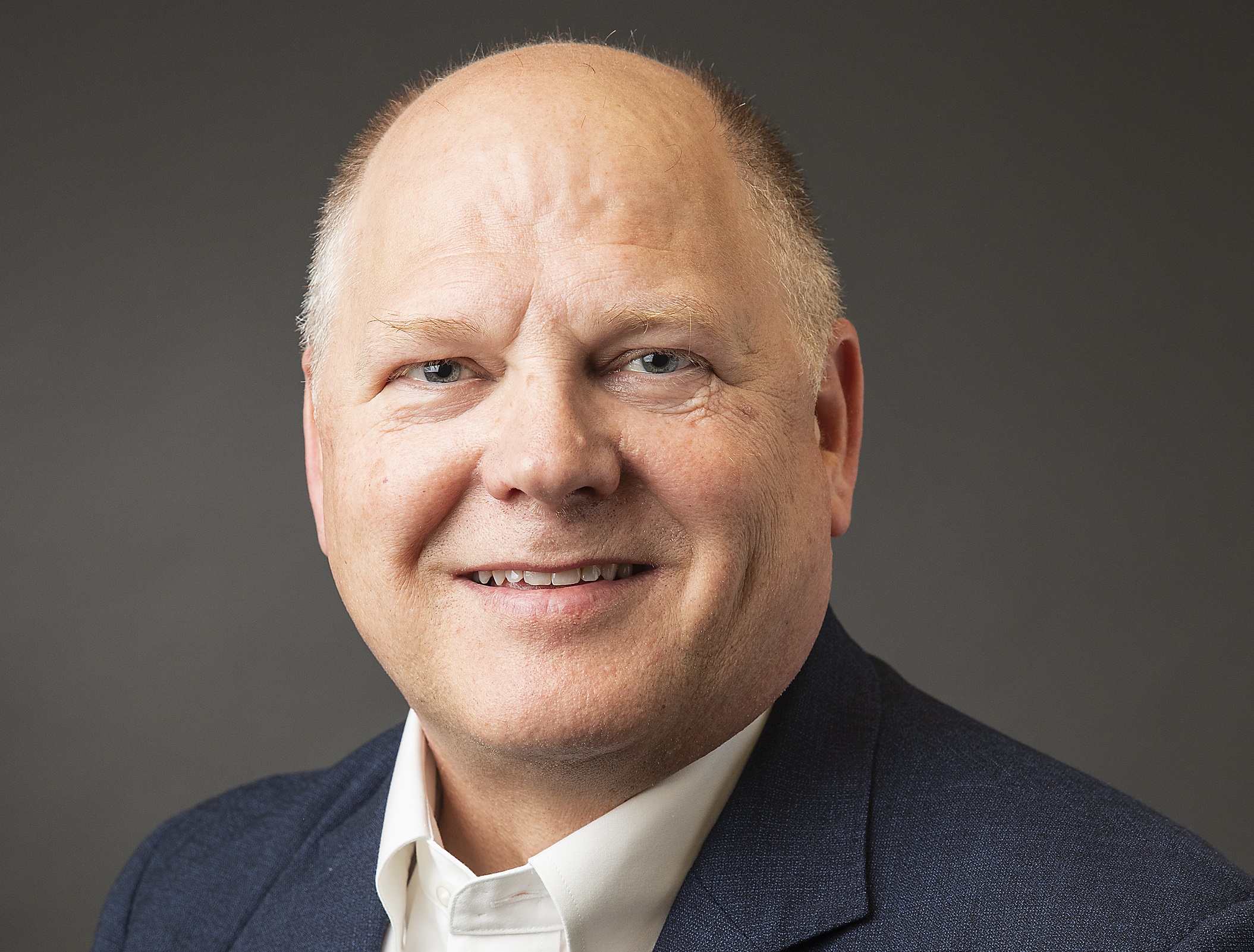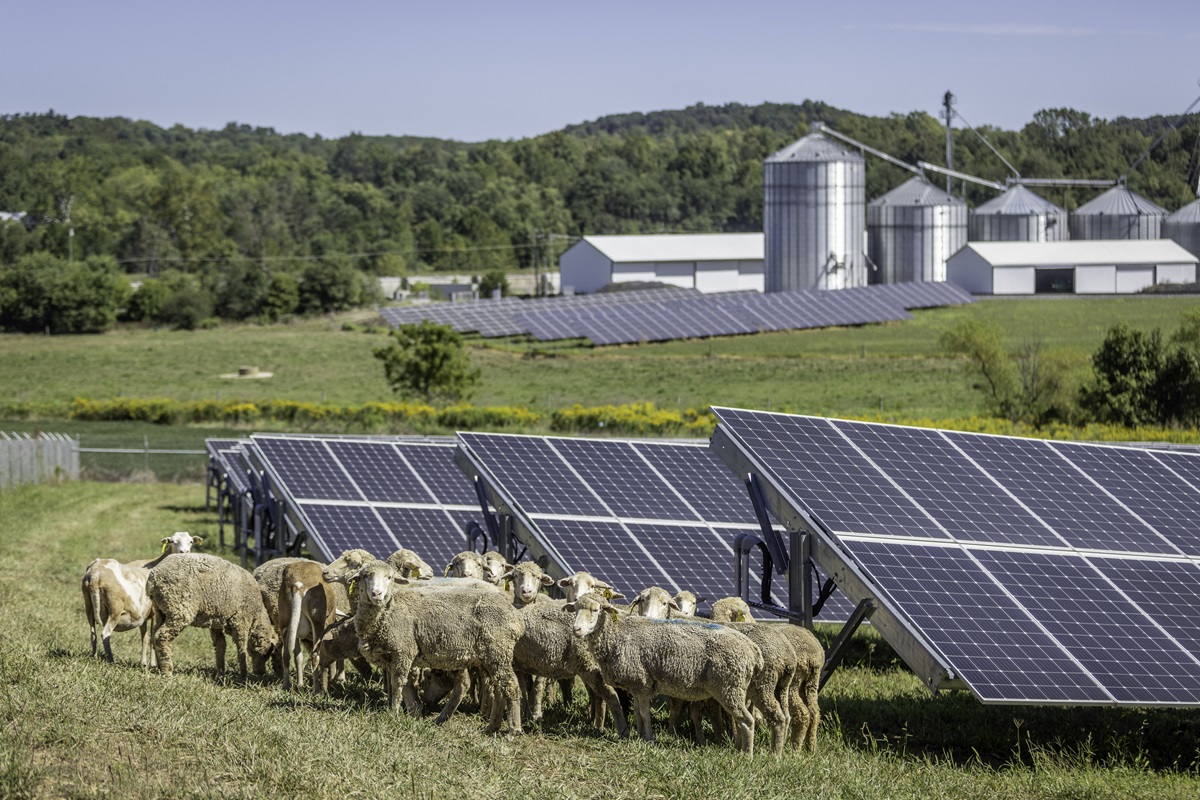Solar energy is opening more access to more people than ever as the United States strives to meet its attainable clean energy and climate change mitigation goals. Encouragingly, projections from the Solar Energy Industries Association (SEIA) and Wood Mackenzie suggest that the solar market is poised to triple by 2028, reaching an impressive 380 GW of installed solar capacity. That means delivering on clean energy goals for communities across the country. And it means energy reliability, access, affordability, education and leadership. It also means installing 938,220,000 solar modules throughout the United States over the next five years, according to the Department of Energy. Overall, communities with the solar industry accounted for 54% of all new electricity-generating capacity added to the grid in the first quarter of 2023.
With that much solar being installed, developers and communities are working hard to diversify the types of locations to build solar facilities. The diversification includes opening access to underutilized rooftops, parking lots, brownfields, timberland and farmland, including low-yield land.Despite best efforts, landowners and developers often encounter significant opposition from local communities, who don’t believe distributed generation (DG) solar systems are a good use of the land. The concerns tend to be echoed from county to county, including viewscape, noise, traffic, property value, and environmental concerns. All are important to address and largely unfounded, but when left unaddressed, they can hinder getting a project implemented.
This is why strategic site selection is essential for solar developers in their quest for ideal project locations. Best suitable sites can become optimal locations that also positively impact the community. An additional benefit is that this can help mitigate opposition from the community.
Education deliversThough developers and landowners are steeped in the advantages of solar projects, they shouldn’t assume the community is. That’s why it can be effective to bring the community together early in the process and discuss the projects’ advantages for everyone.
These projects bring value, and different advantages can be emphasized depending on the type of project being developed.
- Solar projects are interim uses: the projects, which produce local clean energy with economic and environmental benefits are designed not to be permanent, and sites can be returned to previous use.
- Solar projects can enhance farm operations: For example, some solar arrays can be used to develop safe grazing areas for sheep and protect local pollinator populations, known as agrivoltaics, while generating electricity locally and easing the burden of high electricity costs.
- Soil erosion can be a significant problem on farmland, and research shows solar arrays help restore the soil. Solar with farming can help reduce the volume of fertilizer used, further protecting local waterways from the dangers of increased phosphorous.
- Putting solar arrays on former contaminated industrial sites, also known as brownfields, allows land with limited redevelopment uses to be repurposed into a project that serves the community through access to less expensive electricity generation.
- At a time when many communities are concerned about how much carbon they are putting in the atmosphere, solar arrays can contribute significantly to lowering those levels and improving the overall environment of an area.
- Commercial/community solar projects strengthen and modernize the grid in areas where such upgrades may otherwise be too expensive or impractical.
- Solar projects support education: Often, local schools provide opportunities for students to visit sites for hands-on learning about energy management, generation, land use, the grid, public policy and future energy distribution.
- Finally, solar facilities produce jobs and expand the tax base.
Making affirmative arguments for how solar energy will offer tangible benefits like improving the local economy, providing landowners with a steady source of revenue through long-term rent payments, and lowering electricity bills can cultivate a good working relationship between the developer, landowner, and community. Locally, the dollars invested and saved through lower electricity prices get recycled into the local economy, raising the standard of living for everyone.
Collaboration, Not ConfrontationEarly involvement by landowners, local residents and government officials can defuse oppositional attitudes in a community. Particularly in cases where permitting pathways include local preemption policies for power plant construction. It’s essential to hear the voices of the residents and their representatives to work together to eliminate roadblocks to the process.
By working together, local officials and residents can better accurately assess the effects and values a commercial or community solar project will have on a town. Collaborating offers opportunities to learn from each other and create advocates for the project within an area. Communities and local officials benefit from understanding the intricacies of any given site, including answers to questions like:
- What percentage of the parcel is dedicated to hosting the array?
- What dual uses can be built into the project alongside the solar array (agrivoltaics, rooftop shading) and other uses that benefit the community?
- What unusual soil conditions exist at a location? Will the soil need to be restored over time? Is fertilizer runoff a problem?
- For community solar projects, how many local subscribers will have access to clean energy and electricity savings who might not have it otherwise?
- What are the projected economic benefits?
- What’s the decommissioning plan?
Answering these questions and others that occur goes a long way toward building trust between the developer and the community—a vital step in reducing opposition and turning the project into a positive experience for everyone.
ImplementationIn any commercial or community solar project, developers must be strategic about their decision to site the project. Bring as many stakeholders on board as early as possible and adopt an attitude of collaboration rather than confrontation. Answering residents’ legitimate concerns can also build the trust necessary to smooth a project’s development from start to finish.
By following strategic siting approaches, developers can get more projects completed on time and within budget. Mitigating opposition will help communities build resilience in their electrical systems and enlist them in the larger mission to access reliable, clean and affordable energy for decades.

John Finnerty is director of business development at Standard Solar where he advances job growth and mentoring goals, focusing on growing local-generation markets in Maryland, Washington, D.C., Virginia, Delaware and beyond. Mr. Finnerty organizes expert engineering, construction, finance and operations teams to deliver innovative, market-leading solar and emerging storage projects for clients. His key to success is applying current public-policy benefits while advocating for policies that sustain market growth.
The views and opinions expressed in this article are the author’s own, and do not necessarily reflect those held by pv magazine.
This content is protected by copyright and may not be reused. If you want to cooperate with us and would like to reuse some of our content, please contact: editors@pv-magazine.com.








By submitting this form you agree to pv magazine using your data for the purposes of publishing your comment.
Your personal data will only be disclosed or otherwise transmitted to third parties for the purposes of spam filtering or if this is necessary for technical maintenance of the website. Any other transfer to third parties will not take place unless this is justified on the basis of applicable data protection regulations or if pv magazine is legally obliged to do so.
You may revoke this consent at any time with effect for the future, in which case your personal data will be deleted immediately. Otherwise, your data will be deleted if pv magazine has processed your request or the purpose of data storage is fulfilled.
Further information on data privacy can be found in our Data Protection Policy.